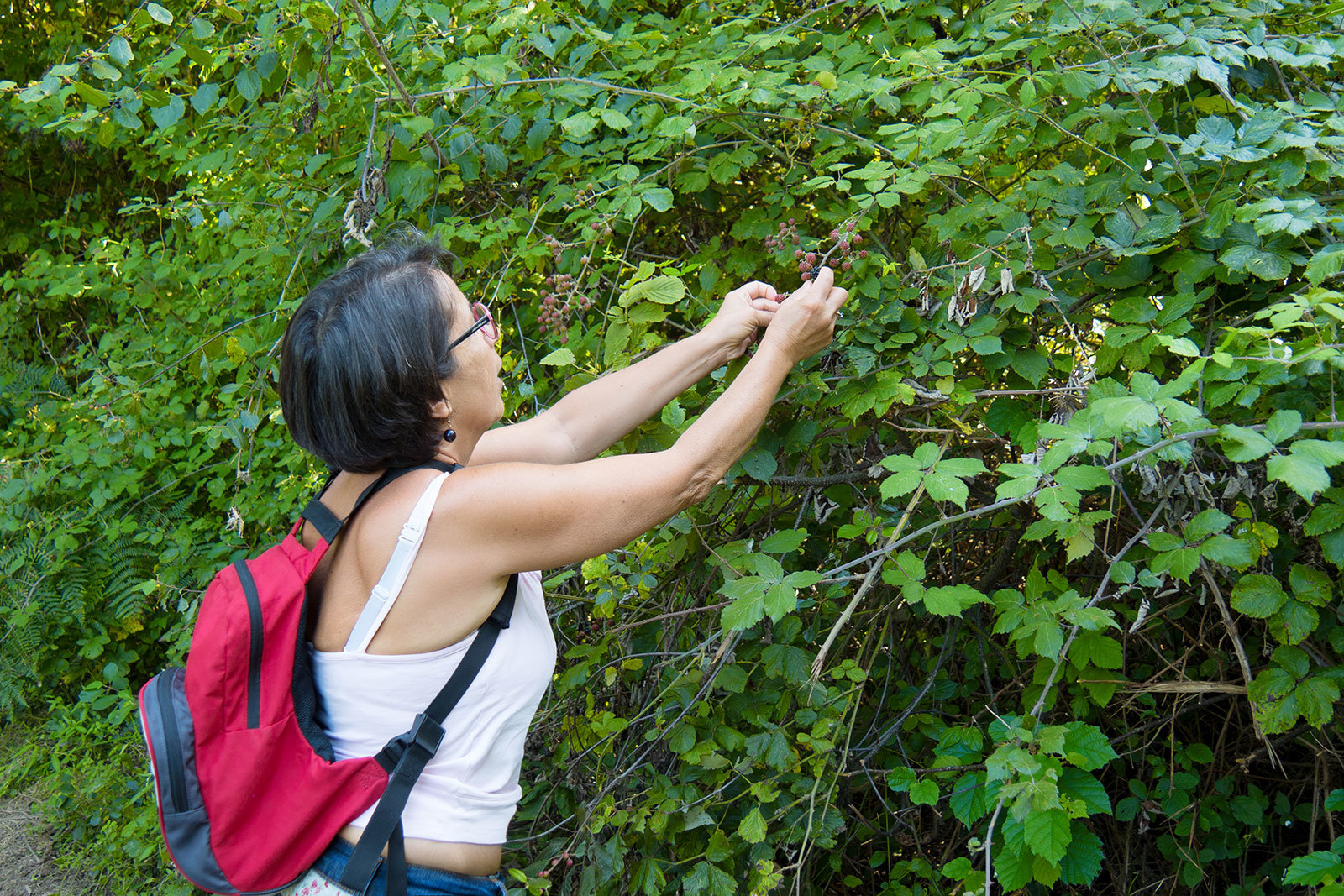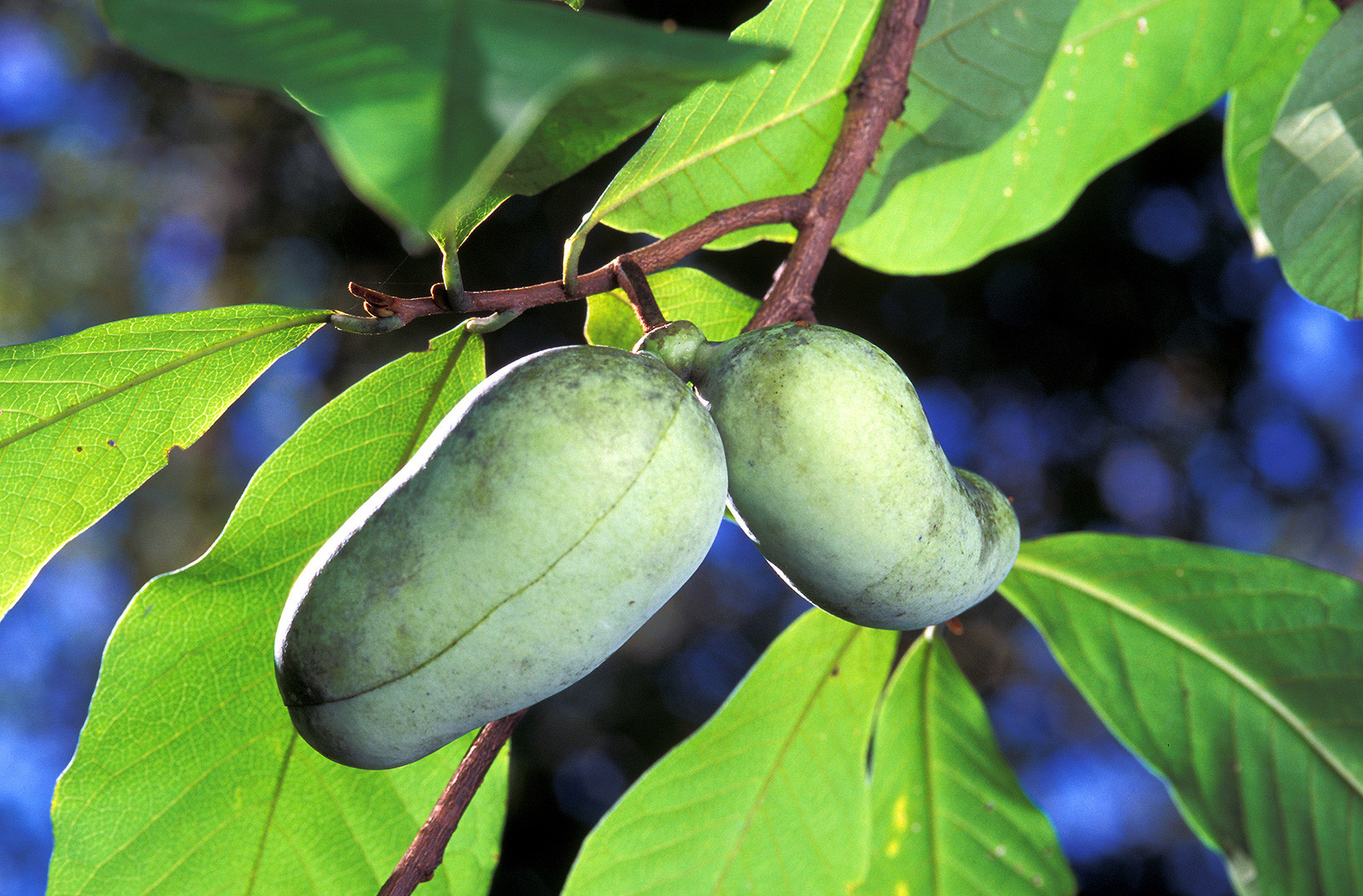Free food! If those words don’t work to quicken your pulse, odds are you’re already dead. In that case, why worry about food anyways? You certainly won’t be needing it.
For the rest of us, what we will eat and where we will get it is a weekly, if not daily, consideration. Endlessly circulating the grocery store or local farmers’ market for produce can get monotonous, so why not spice things up by simply foraging outside for the delicious fruits growing in natural spaces all around you?
It’s not as hard as you think. For many people, this form of foraging isn’t just a hobby, it’s a way of life. A new movement of people, calling themselves freegans, have decided to challenge the standard that food needs to come from a store. Instead, they choose to see wooded trails, city parks and even their own neighborhoods as a potential place for finding high-quality food, whether from a fruit tree in a park or the dumpster next to it.
We applaud their efforts, but you don’t have to commit to dumpster-diving to live a foraging-friendly lifestyle. One of the best ways to incorporate some freeganism into your life is to take advantage of the wild fruits in your area. Odds are much of it is going to waste anyways.
Where to best find wild fruits
Wild fruit can be found just about anywhere, from city parks to the side of the highway. Even overgrown lots can be an ideal place to find bramble berries and wild strawberries. A great online resource for finding fruit in your area is fallingfruit.org, an interactive map that shows you urban harvests all over the world.
Fruit picking policies

Depending on where you live, the policies for picking wild or private property fruit can vary considerably. Parts of the United States have a usufruct policy in place, which can be defined as the right to use and enjoy something that doesn’t belong to you, so long as you don’t damage it for the owner in any way.
Usufruct law can be interpreted to mean that it is legal to harvest fruits from someone’s personal trees if the fruit extends onto public property. For instance, if an apple tree in someone’s yard had branches that extended over the street, the apples on those branches would be legal for anyone to harvest. As this law once allowed peasants to glean the corners of a farmer’s field, it now allows urban foragers to glean the excess fruits of the neighbors.
Unfortunately, most U.S. cities don’t have active usufruct laws, meaning that harvesting fruit on private property may get you in legal trouble.
That doesn’t mean it’s not worth a try anyways. Many fruit tree owners are happy to share an overabundance of produce and might even see you as doing them a favor by removing it from their property. By harvesting their excess, you may actually be saving them work.
As long as you are polite and considerate, it never hurts to see what you can find. By following these simple steps, you can be sure to get plenty of foraged fruit for yourself from both wild spaces and your neighborhood without overstepping your rights.
- Ask permission: Always ask permission before collecting fruit on private property, and try to stay on roadsides and out of people’s yards. Think how you would feel if the roles were reversed and someone was trampling through YOUR property!
- Take what you need: Only take as much fruit as you can use. Remember that others may want to forage after you and that many types of wildlife depend on wild fruit for survival.
- Taste first, gather second: Make sure you actually like the fruit you plan to harvest before you grab it. Not only will you save yourself time if the taste isn’t what you expected, you also won’t be wasting the fruit for someone that might appreciate it.
- Time it right: Gather more fruit when it’s starting to spoil, but leave lots behind for others when it’s just starting to ripen.
- ID first, pick later: NEVER gather fruit that you can’t confidently identify. Plenty of wild fruits, especially berries, are poisonous and your future cobbler isn’t worth the risk. Play it safe by taking a guide book with you and properly identifying every species before tasting it.
Common wild fruits around the US (and abroad)
The wild fruits that are available for foraging will vary depending on where you live, but here are some common types that can be found throughout much of the United States.
-
Wild bramble berries (blackberries/ raspberries)

Blackberries
Though they can be painful to deal with, foraging for blackberries and raspberries is well worth your efforts for the first tart taste of this delicious fruit. Like dandelions and other common plants, blackberries are in the apomixis plant family, of which there are over 2,000 subspecies. All bramble berries grow in thick colonies composed of thorny canes that produce fruit which is delicious raw or cooked. You can find both blackberries and raspberries in forested areas through the United States, and their seasons come right after each other. Raspberries tend to ripen a few weeks later than their tarter relative.
Blackberries and raspberries tend to grow well in areas that have been disturbed and get plenty of sunlight, like old logging sites or on the outskirts of forests. Blackberries are larger and plumper than raspberries, which grow hollow like a thimble. Wild bramble berries can be eaten fresh, or used to bake pies, jellies and jams, or cooked down into juice which can be fermented into wine.
-
Wine berries

Wine berries
Near the end of the raspberry season comes a succulent breed of Japanese raspberries, also known as wine berries. An invasive species from Asia, wine berries now grow throughout North America and are distinctive for their delicate texture and scarlet-red hue. Though delicious, these berries have even more dangerous thorns than regular bramble berries and have a tendency to be sticky and get snarled in the unsuspecting picker’s clothing!
A slightly fuzzy berry, wine berries don’t tend to last as long as other berries and are best eaten or used within a day of being picked. Their sweet taste makes them a perfect variety for jams and almond tarts like this recipe.
-
Wild strawberries

Strawberries
Unlike their larger relatives that can be found in grocery stores, wild strawberries are tiny, seedy, and very tart, making them a delicious ingredient in any pie or cobbler. Typically ripening in the early spring, wild strawberries grow close to the ground in bright red clusters.
Take note: To know if you are truly picking strawberries, seek out their distinctively pungent berry scent. Beware of the “false” strawberry that looks much like the real thing, but it is completely odorless and tasteless, and can be a major disappoint to pluck into your mouth.
-
Huckleberries/ blueberries

Blueberries
Closely related to the blueberry, huckleberries grow well in pine woodlands and the deep south, while blueberries thrive in the midwest and northeastern parts of the United States. Both species require acidic soil to thrive, which is why a forest layer of pine needles or limestone is so beneficial.
Easy to pick, both huckleberries and blueberries grow in thornless shrubs that clump up in suitable habitats. If you find a patch, consider yourself very lucky, as blueberries and huckleberries alike make incredible pies and cobblers, and can be easily frozen to make special summer treats like huckleberry lemonade.
-
Mulberries

Mulberries
Not a shrub or bramble bush but a tree, mulberries are often planted in urban areas as a decorative natural feature; though this logic can be confusing when the deep purple berries inevitably leave unsightly stains over the sidewalk when they ripen. Mulberry trees can grow enormous, and tend to thrive just about anywhere they can find soil, making them so common as to almost be invasive in some areas.
Similar in look and taste to blackberries, mulberry trees are surprisingly prolific and contain a well-balanced sweet and sour taste. When the berries are ripe they come off the tree easily, so oftentimes the best way to find a fruiting tree is to look down for the mess. To make tasty jams and jellies with this berry, be sure to perk up their flavor with a little lemon juice.
-
Pawpaws

Pawpaws
As one of the most peculiar wild fruits that grow in North America, pawpaws also go by the nicknames ‘Indiana banana’ or ‘custard apple’ and can be found throughout Appalachia and the Midwest. With oversized leaves and big juicy fruit, pawpaws tend to look like a transplant from the rainforest, and the fruit has a tropical taste to match. Pawpaw trees grow in colonies from root clusters that send up several trunks in one area, meaning that you will usually find more than one tree in any given spot. Most trees stay in the understory and rarely grow more than 30 feet tall.
The best time to harvest pawpaw fruit is in the early fall, which is the time when the green fruits are about six inches long. Once picked, the fruit will continue to ripen until it turns completely black. At this time you can split open the skin and scoop out the yellow pulp surrounded by large seeds.
Pawpaw pulp is delicious raw, but can also be used in place of persimmon pulp or other recipes that call for fruit pulp. If you’re feeling adventurous, pawpaw ice cream can be a creative culinary experiment to try.
In summary
Delicious, free fruit is growing all around you; you only need to know where to look. By learning what wild fruits grow in your area and the policies for picking them, you will be well on your way to indulging in healthy, naturally-grown food. A chance to be in nature and get free food; harvesting wild fruit is a win-win!
